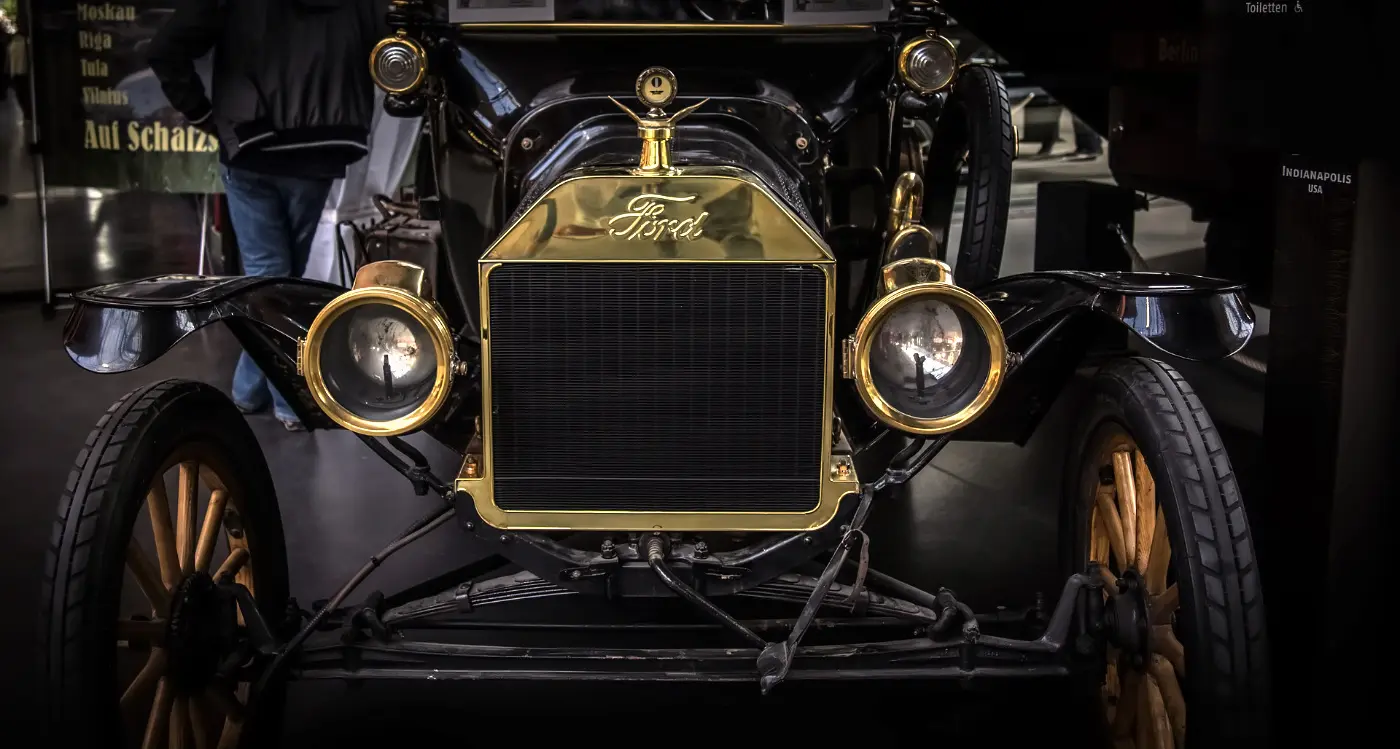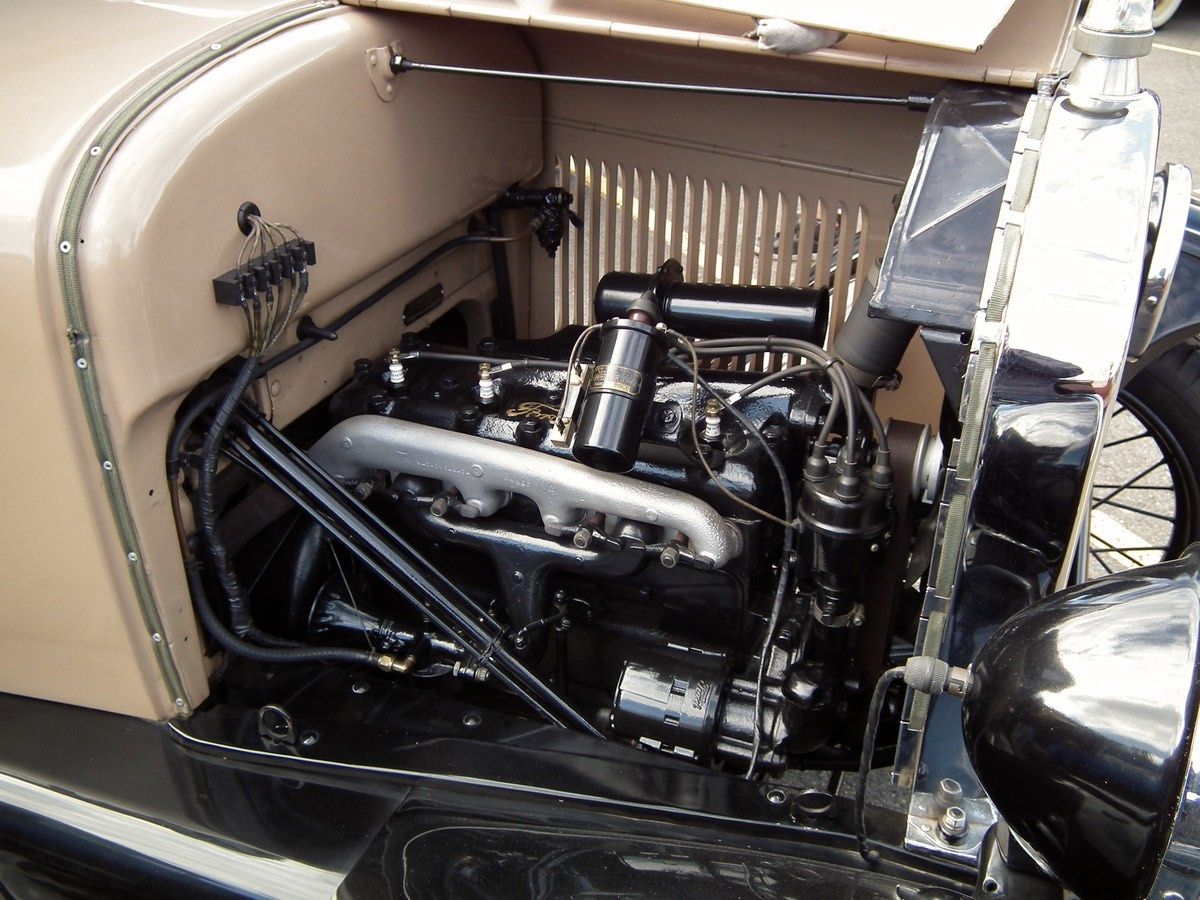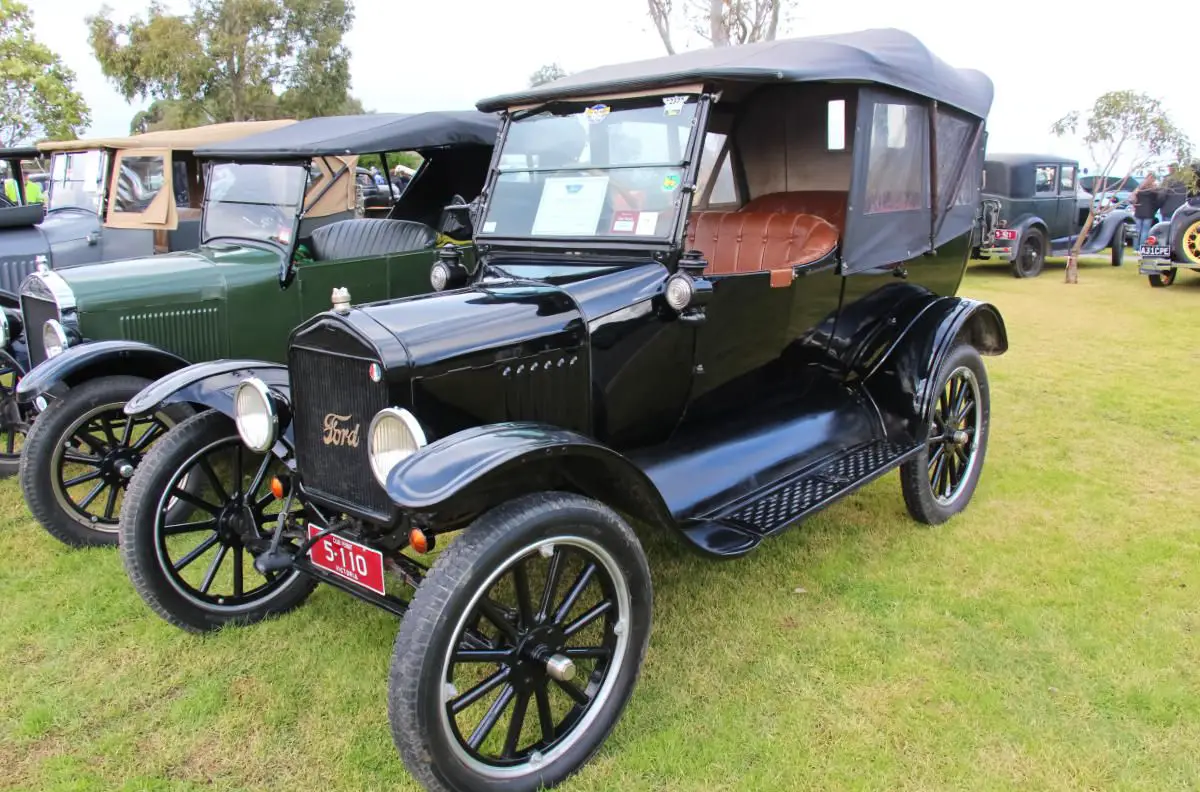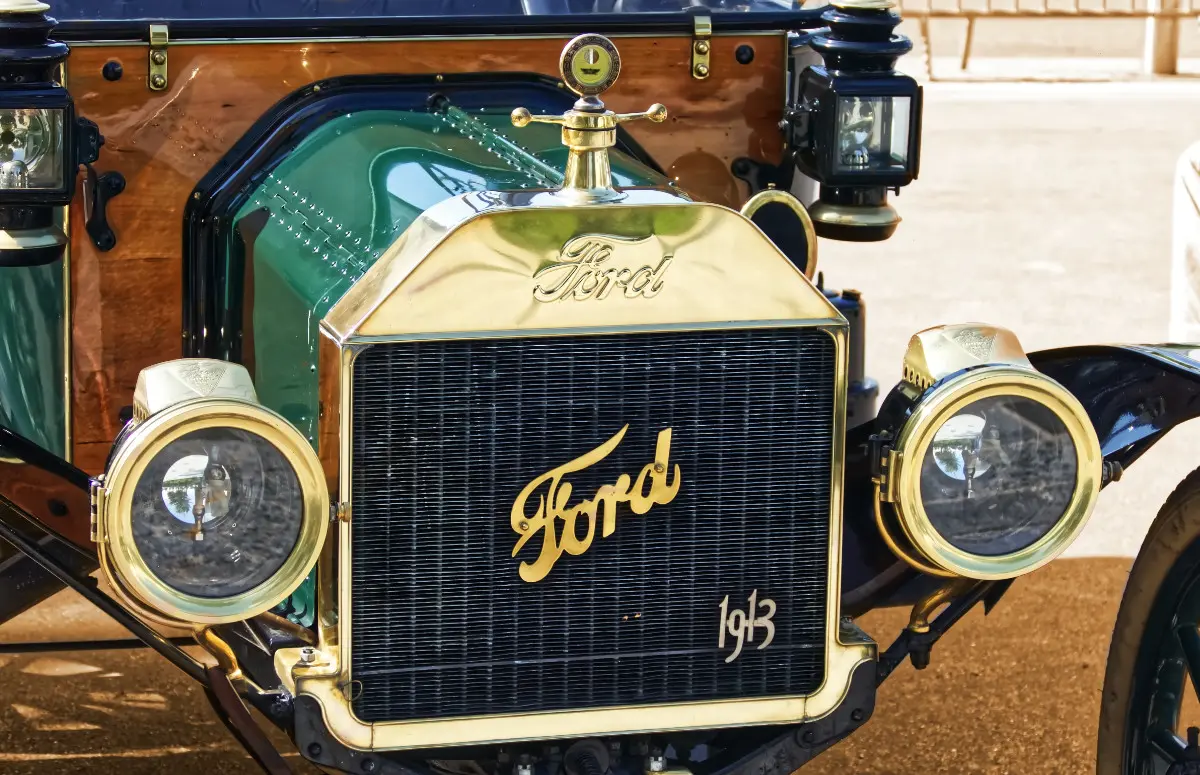The First Mass Produced Car: A Brief History of the Ford Model T
Did you know the Model T was the first mass produced car? Learn more about this American icon and its impact on automotive history.

Hailed as an American icon and a symbol of American ingenuity, the Ford Model T became the first car to be mass-produced in 1913.
With mass production still in its infancy, the inception, invention, and distribution of the first automobile proved even more astounding. In fact, it was the Ford Motor Company - the company responsible for the Model T - that really kicked off mass production in America.
Find out more about the first mass-produced automobile, its history, its founder, and its lasting impact on American industry.
What was the First Mass Produced Car?
Ford's Model T became the first car to be produced en masse using an automobile factory assembly line, with the first cars rolling out of the production plant in October of 1913. The first Model T was sold to a client in 1908, but it wasn't until 1913 that the car became produced en masse.
While the 1901 Curved Dash Oldsmobile is often credited as being the first car to be assembled via assembly line, it wasn't produced on the same mass scale as the Ford Model T, though its founder - Ransome Eli Olds of Detroit - is credited as the founder of the first automobile assembly line.
To this day, Ford's Model T holds the record of being the most-produced model per year, with over 15 million cars produced in its 19-year production run.
How was the First Car Mass Produced?
The Highland Park Ford Plant in Highland Park, Michigan, was the first factory to mass-produce Model T's.
The first Model T's became available to customers in 1908, with each car built by hand by a small team of workers. However, Henry Ford quickly realized that cars could be built faster, cheaper, and more efficiently if each worker was assigned a single job to do over and over.
The Assembly Line
Once Ford's assembly line was established in 1913, an entire Model T could be fully assembled in 90 minutes, with a new car rolling off the line every half minute.
This method proved highly effective. Because of the money saved by this efficient method, the Model T could be sold at a price that most American families could afford.
The first Model T's were sold for about $850, which translates to roughly $24,000. Because of the efficiency of the assembly line, Henry Ford was able to pass the savings onto customers, and by 1925, the price of the Model T had dropped to $260 - just over $4,000 in today's value.
The Model T became so popular and affordable that by the mid-1920s, more than half of all the registered cars in the world were Fords.
Who Invented the First Mass-Produced Car?
Founded in 1903 by American inventor and businessman Henry Ford, the Ford Motor Company sold the first Model T in October of 1908. Henry Ford test-drove the vehicle himself, driving it on a hunting trip to Wisconsin.
To prove the car's durability, ease of driving, and versatility, Ford drove the Model T up the stairs of the Tennessee State Capitol building and to Pike's Peak in Colorado.
About the Ford Model T
While the Model T wasn't the first automobile, it certainly was the easiest and most efficient to drive. Constructed of a lightweight material called vanadium steel, which earned the car its famous nickname of "Tin Lizzy," the Model T was the first vehicle to have the steering wheel on the left side - making access in and out of the car easier for drivers.
The car boasted a smooth transmission that made changing gears nearly effortless and was the first vehicle to have its crankcase and engine block as a single unit - another feature that made the Model T so easy and quick to assemble on factory lines. The wheels were made of wood with solid rubber tires until 1926 when the wheels were then constructed of metal with inflatable tires.
The Model T's engine was capable of 20 horsepower and three speeds, with a top speed of between 42 - 45 miles per hour (MPH). While this isn't astounding in the slightest by today's standards, it was unheard of in the 1910s.
The Model T also came with the option of having a windshield before the windshield became required on American vehicles due to safety concerns.
Regarding color, the Model T came only in black from 1913 - 1925. This was due to black paint drying faster and, therefore, more efficient on assembly lines. But in 1925, the color options expanded to include red, green, gray, and blue.
The last Model T rolled off the production line in May 1927, and Ford held a national celebration to celebrate the legacy of the Model T and the end of an era.
Was Ford the only Mass Producer of Cars in the 1920s?
In the 1920s, many large car companies followed in Henry Ford's footsteps and quickly began mass-producing their own models. The three largest American car manufacturers were Chrysler, Ford, and General Motors.
Automobile assembly line mass production was so successful that, in the 1920s, these three major car companies employed more than 7% of all American factory workers. Europe - namely Germany - had a booming automobile industry as well and mass-produced their own vehicles, such as those patented by Karl Benz - founder of Mercedes-Benz.
Does the Model T Currently Hold the Mass Production Automobile Record?
While other automobile companies had caught on to the speed, cost-effectiveness, and efficiency of the assembly line, the Model T held the mass-production record for decades. It wasn't until 1972 when the Volkswagen Beetle surpassed the Model T in the number of vehicles mass-produced.
Because it took significantly longer for the VW Beetle to reach its final number of 21 million mass-produced cars than the Model T - the Volkswagen Beetle's 65-year production run versus the Ford Model T's 19-year production run - the Model T still holds the record for the most produced model per year.
Also read:






